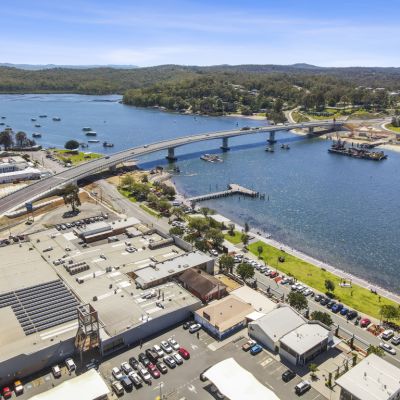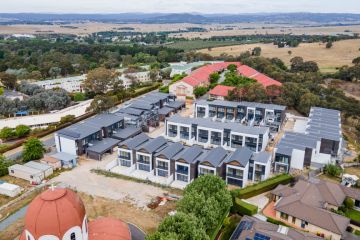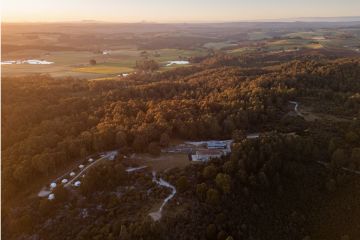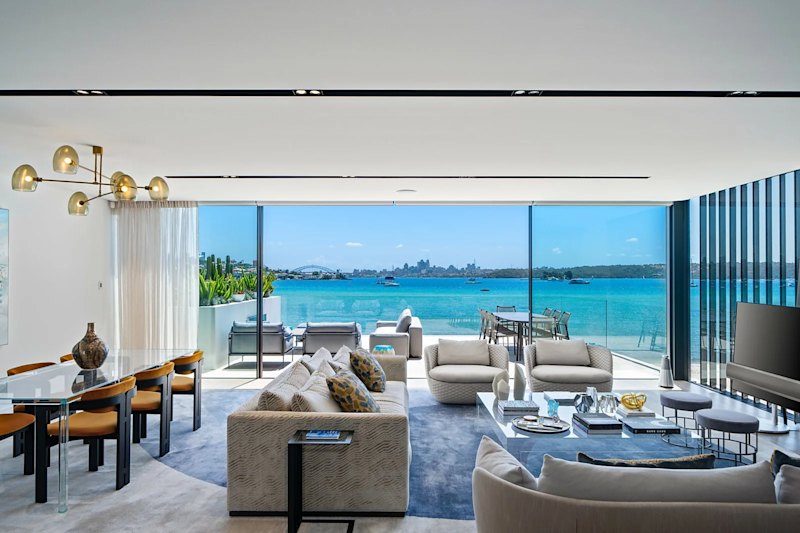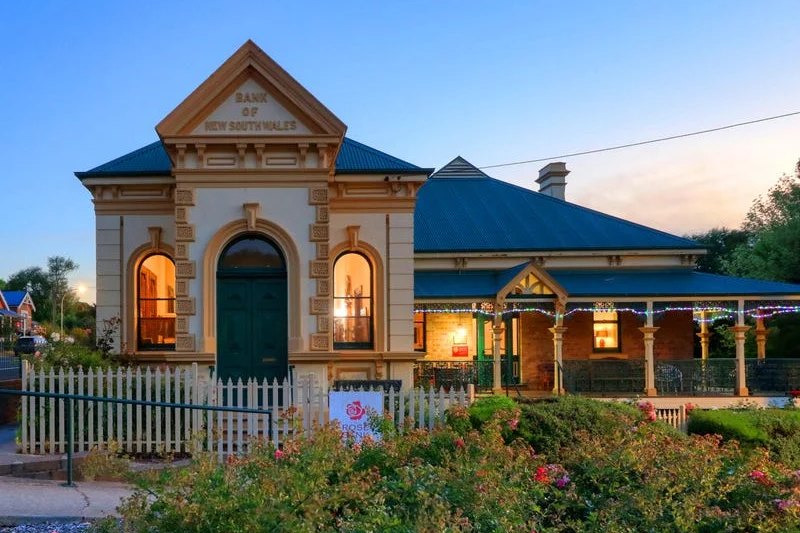ACT government announces additional $50 million for Sustainable Household Scheme
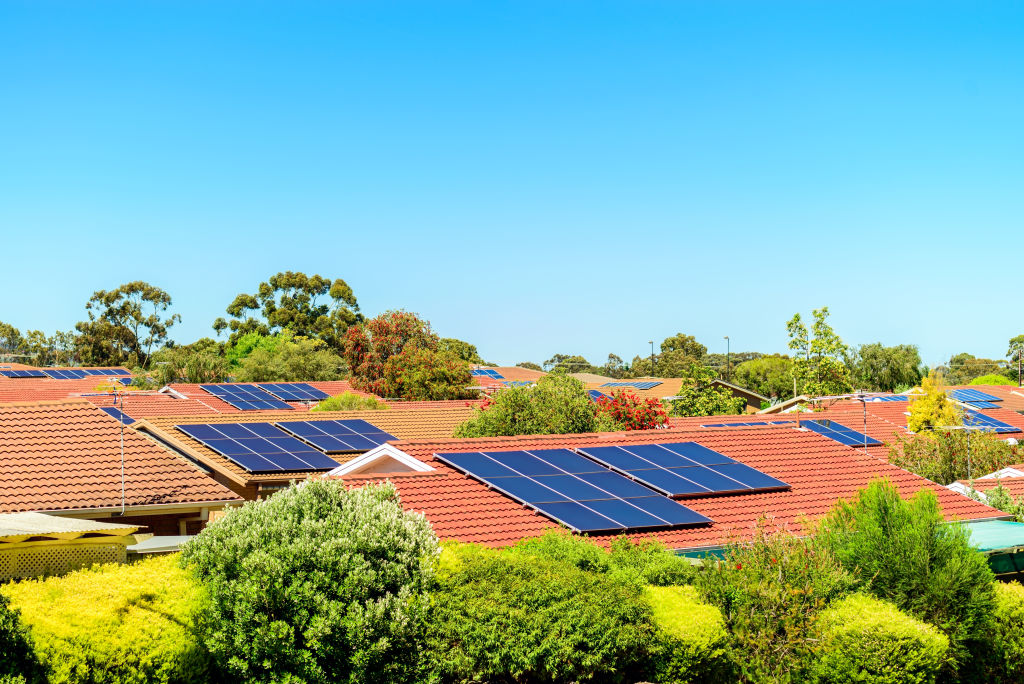
The ACT government has announced an additional $50 million commitment to the Sustainable Household Scheme to further assist Canberrans in making their homes more environmentally friendly.
The scheme, announced in July 2021, and with $150 million initially funded in the 2020-21 budget, allows eligible Canberrans and community groups to take out zero-interest loans.
It has already helped 9000 households implement sustainable improvements and utilise renewable energy products such as solar systems, batteries, reverse cycle heating and cooling systems, hot-water heat pumps and energy-efficient stovetops.
The program is also open to electric vehicle purchases and charging station installations, with more than 100 new electric cars and nearly 50 used vehicles purchased under it.
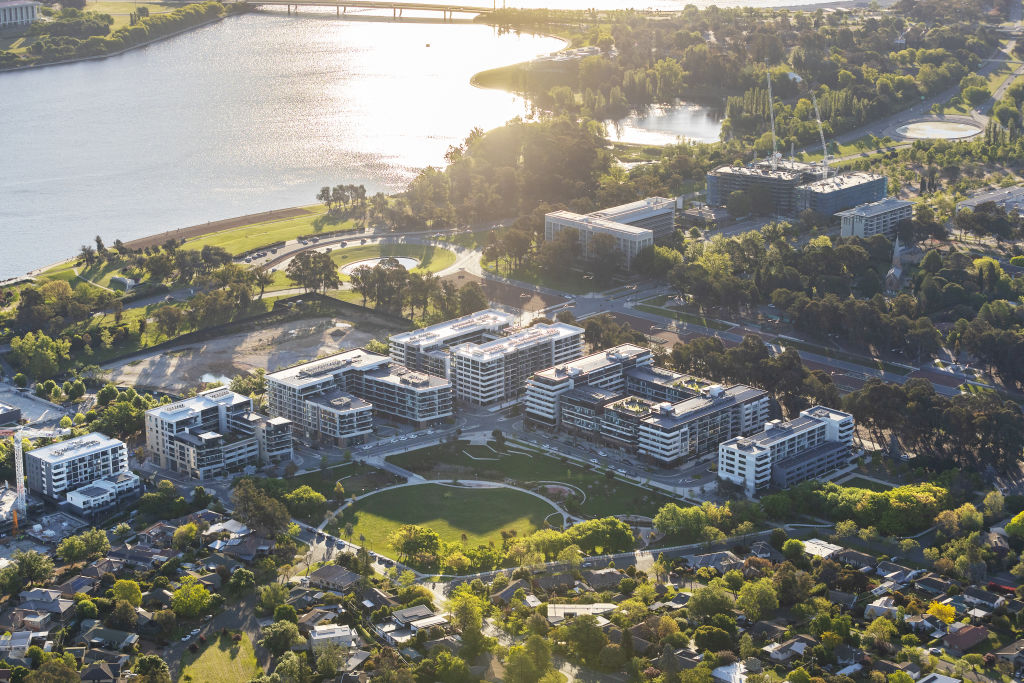
The extension to the scheme follows what the ACT government considered to be “one of the most popular and successful schemes in the history of Territory self-government”.
David Stokes of Blackshaw Woden said this environmentally conscious attitude was reflected in Canberra’s housing market.
“Buyers and home builders are not only becoming more aware of the environment but also conscious of running a cheaper and more efficient home,” he said.
“Modern residences with these design principles, or upgraded character homes with high energy efficiency ratings, are popular in the current market, due to the lower ongoing costs and smaller environmental footprint.”
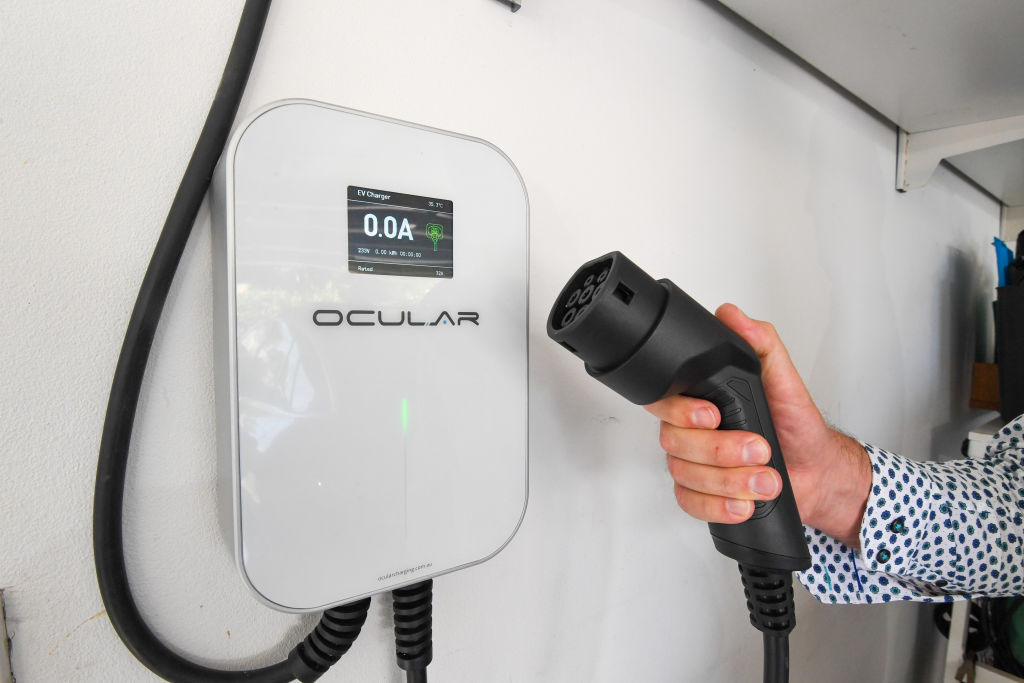
The implementation of the scheme, and this further commitment, will likely continue a trend where a growing number of Canberra houses are presented as energy efficient upon purchase, Stokes added.
“It has certainly become more commonplace for homes to have a larger focus on environmental impact,” he said.
“We are seeing newly developed precincts embrace a sustainable model of living, as well as smarter ‘in-fill’ projects in established suburbs.
“I expect that, in the coming years, further residential development in established areas will have an eye to the future.”
We recommend
We thought you might like
States
Capital Cities
Capital Cities - Rentals
Popular Areas
Allhomes
More
- © 2025, CoStar Group Inc.
